Starting a weight loss journey is an exciting and commendable step towards a healthier lifestyle. As you challenge your body to perform at a new level, it’s crucial to prioritize injury prevention and management. This guide will help you do just that, with a focus on gradually increasing exercise intensity, understanding the role of nutrition and supplements, and knowing when to seek expert advice for persistent discomfort.
1. Gradually Increase Exercise Intensity
- Start Slow: One common mistake is diving into high-intensity workouts too quickly. Your body needs time to adapt to new physical demands. Begin with low to moderate-intensity exercises, gradually increasing the intensity as your fitness level improves.Your goal should be to feel nourished and energized after your workout, not depleted and exhausted.
- Follow a Structured Plan: A well-structured exercise plan that gradually increases in intensity can help prevent acute injuries caused by overloading your body. This might involve spacing strength training days 48 hours apart and using active recovery techniques, like longer, slower walks, between workouts. Your plan should be tailored to your work and family schedule to ensure consistency in your movement routine.
- Warm Up Properly: While accidents can’t be completely avoided, active warm-up techniques significantly reduce the risk of injury. Think of it like stretching a cold rubber band versus a warm one—which one is more likely to tear if pulled hard or fast? The same principle applies to your muscles. Always take the time to warm up properly before starting any workout to prevent unwanted strains or tears.
2. Understand the Role of Nutrition and Supplements
- Balanced Diet: Proper nutrition is essential for supporting your exercise regimen and overall health. Focus on a balanced diet rich in whole foods, including lean proteins, complex carbohydrates, healthy fats, and plenty of fruits and vegetables. The right nutrients are key to rebuilding and repairing your muscles after a workout, which aids in overall recovery. See Alan Meds' 7-day meal plan to maximize GLP-1 results here.
- Hydration: Staying hydrated is crucial for maintaining energy levels and preventing muscle cramps during workouts. Set daily hydration goals, such as drinking 3 liters of water throughout the day. Break it down: aim to drink 1 liter by 11 a.m., another by 4 p.m., and the final liter by 8 p.m.
- Supplements: With GLP-1 medications, lowered appetite is common, so supplements can support your body as you increase exercise and movement. Remember just as their name suggests, supplements should complement a whole food diet, not replace it. Protein powders, omega-3 fatty acids, and multivitamins can be beneficial in providing the necessary nutrients for quick recovery after exercise. To learn more about supplements, check out Alan Meds post here.
3. Seek Early Treatment for Persistent Discomfort
- Don’t Ignore Pain: Persistent discomfort or pain is a signal that something may be wrong. Ignoring these signs can lead to more serious injuries and prolonged recovery time.
- Rest and Recovery: Rest is crucial for recovery. Avoid stacking three intense workout days back-to-back—give your body the chance to grow and adapt from the work you’ve put in. If you notice lingering discomfort after a hard workout, consider adding an extra recovery day before your next session.
- Seek Professional Help: If you experience persistent pain or discomfort, consult a healthcare professional, such as a physical therapist or sports medicine doctor. Early intervention can prevent minor issues from becoming major problems.
Conclusion
Preventing and managing injuries during your weight loss journey requires a balanced approach to exercise, nutrition, and listening to your body. By gradually increasing exercise intensity, maintaining a well-rounded diet, and seeking early treatment for any discomfort, you can stay on track and achieve your weight loss goals safely.
Resources:
American Council on Exercise. (2020). "How to Prevent Common Exercise Injuries." ACE Fitness. Retrieved from ACE Fitness.
Harvard Health Publishing. (2021). "Exercise and injury: Tips to reduce your risk." Harvard Medical School. Retrieved from Harvard Health.
Mayo Clinic Staff. (2021). "Fitness basics: Getting started." Mayo Clinic. Retrieved from Mayo Clinic.
National Institutes of Health. (2021). "Dietary Supplements: What You Need to Know." NIH. Retrieved from NIH.
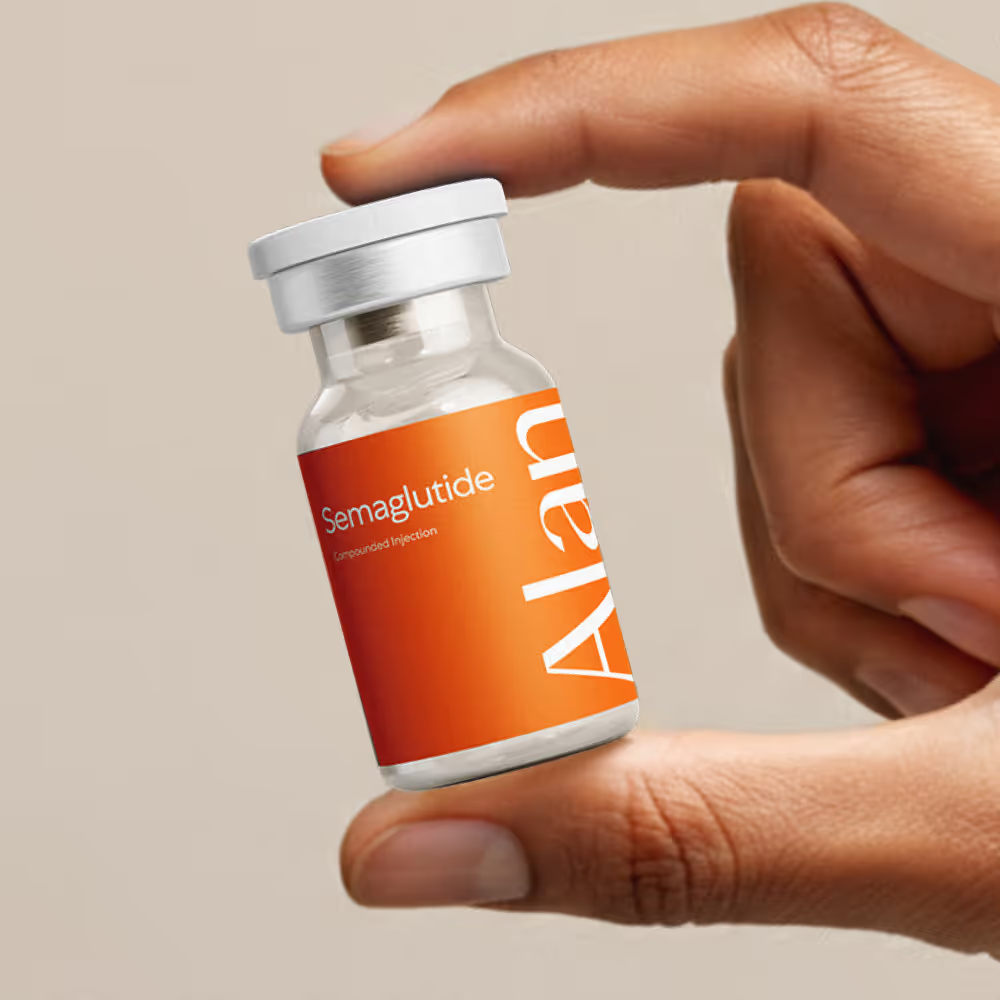

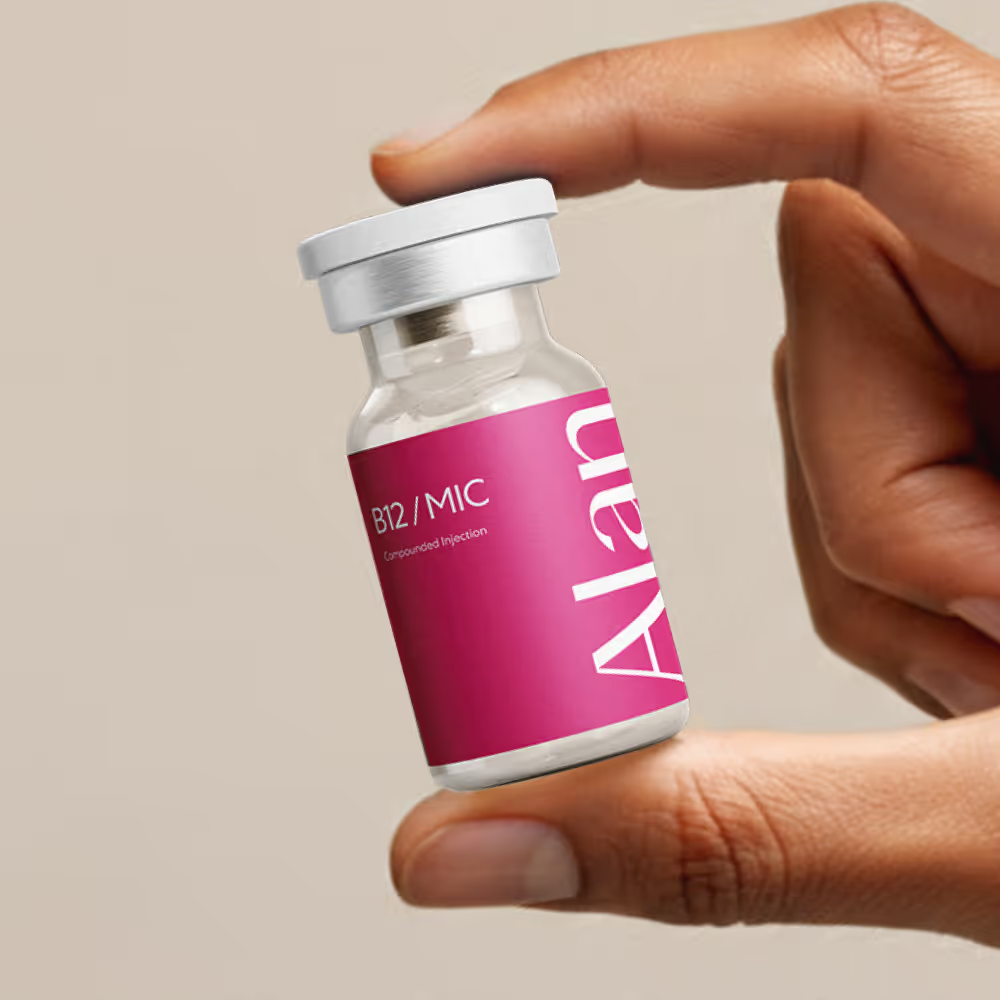













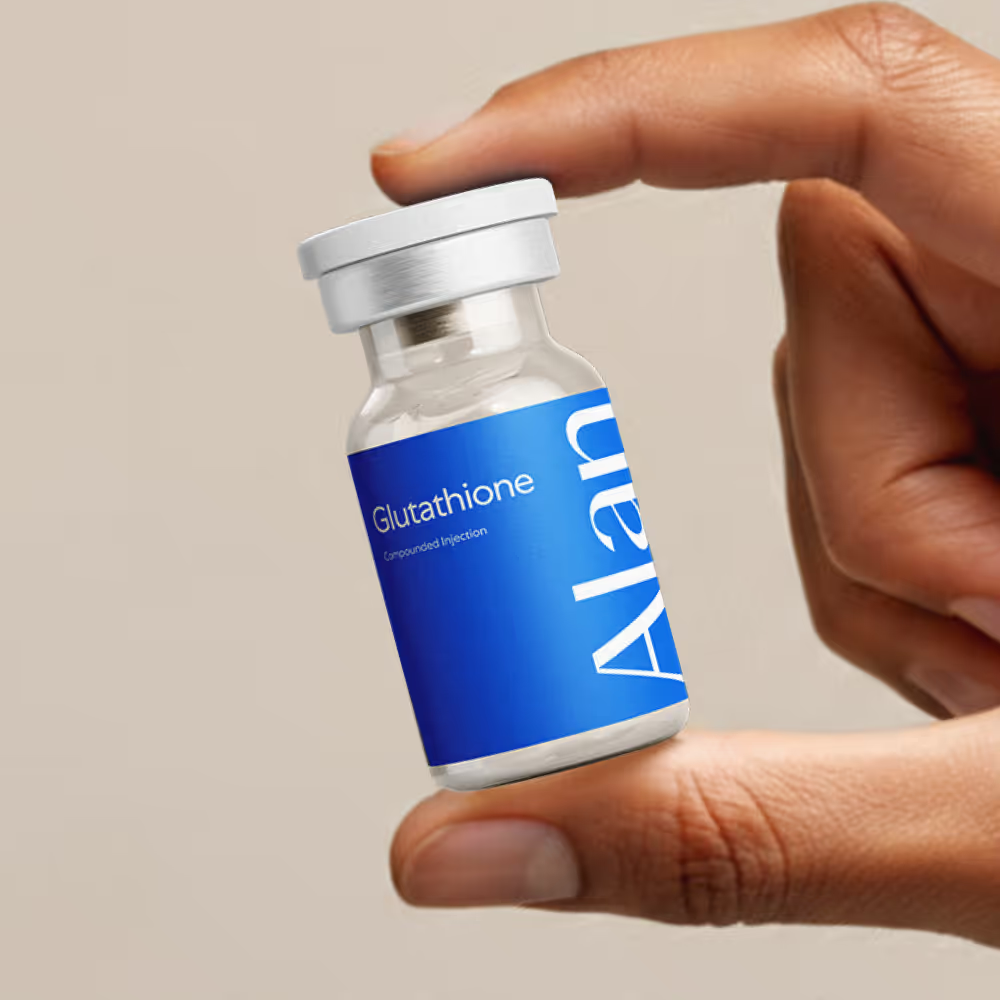

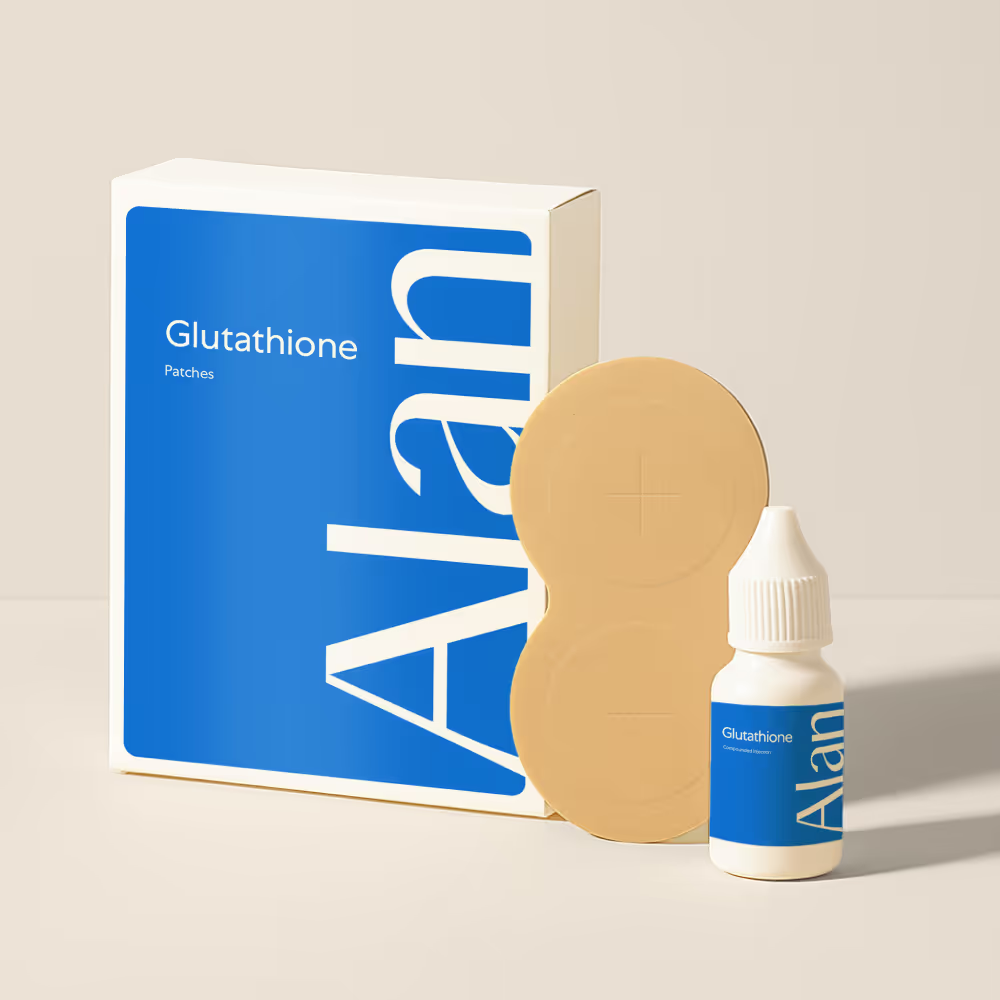

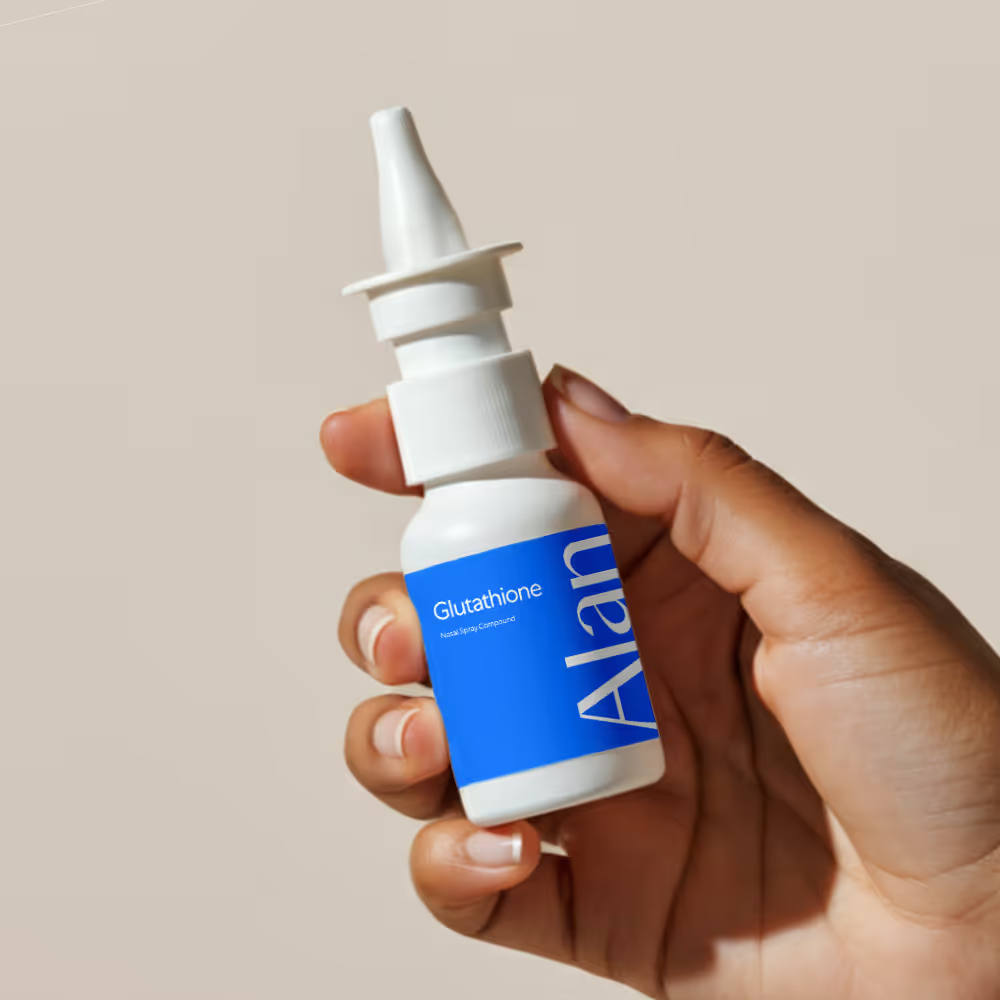

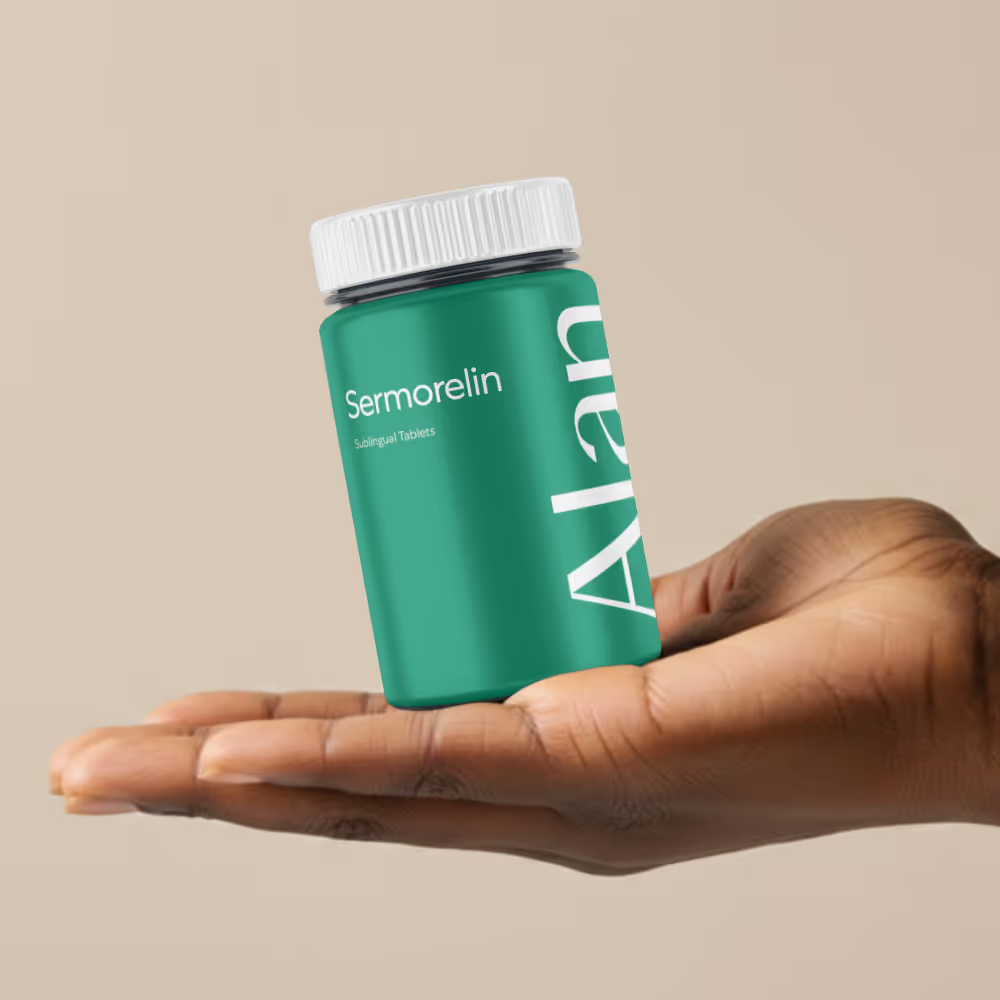

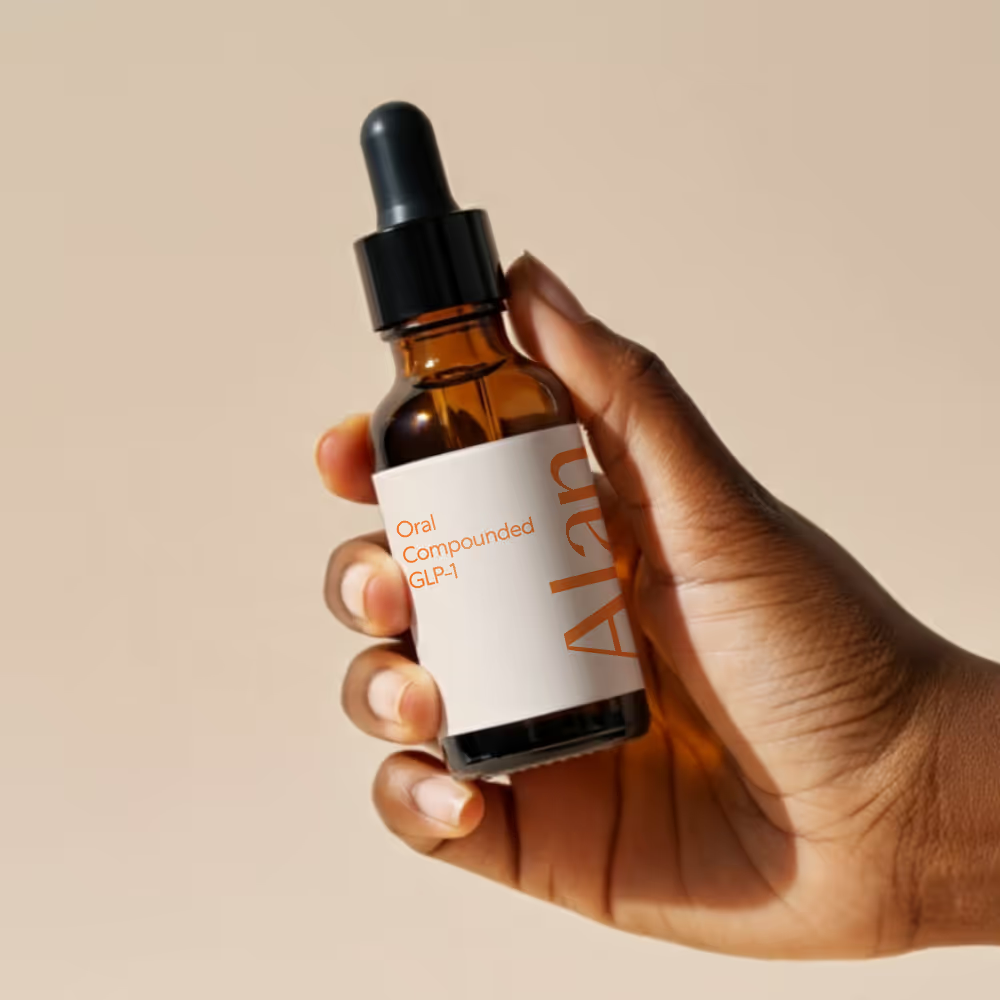











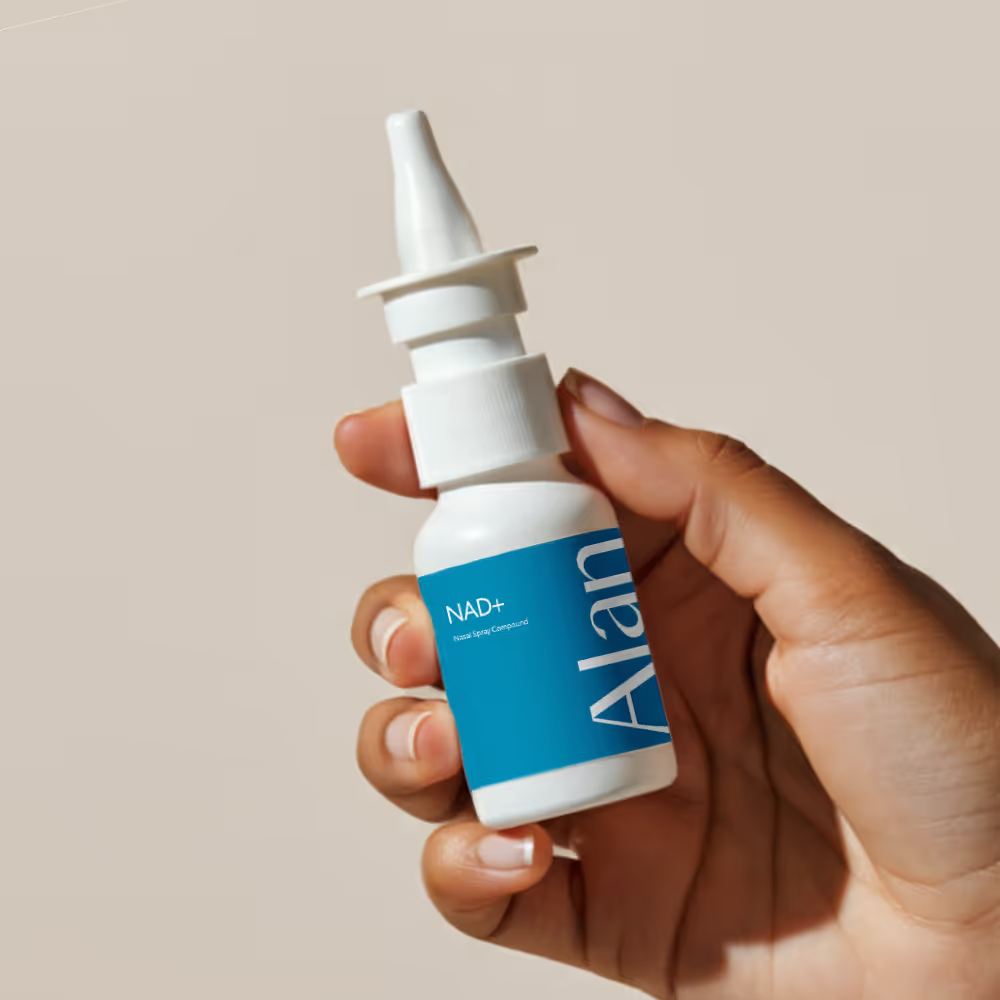









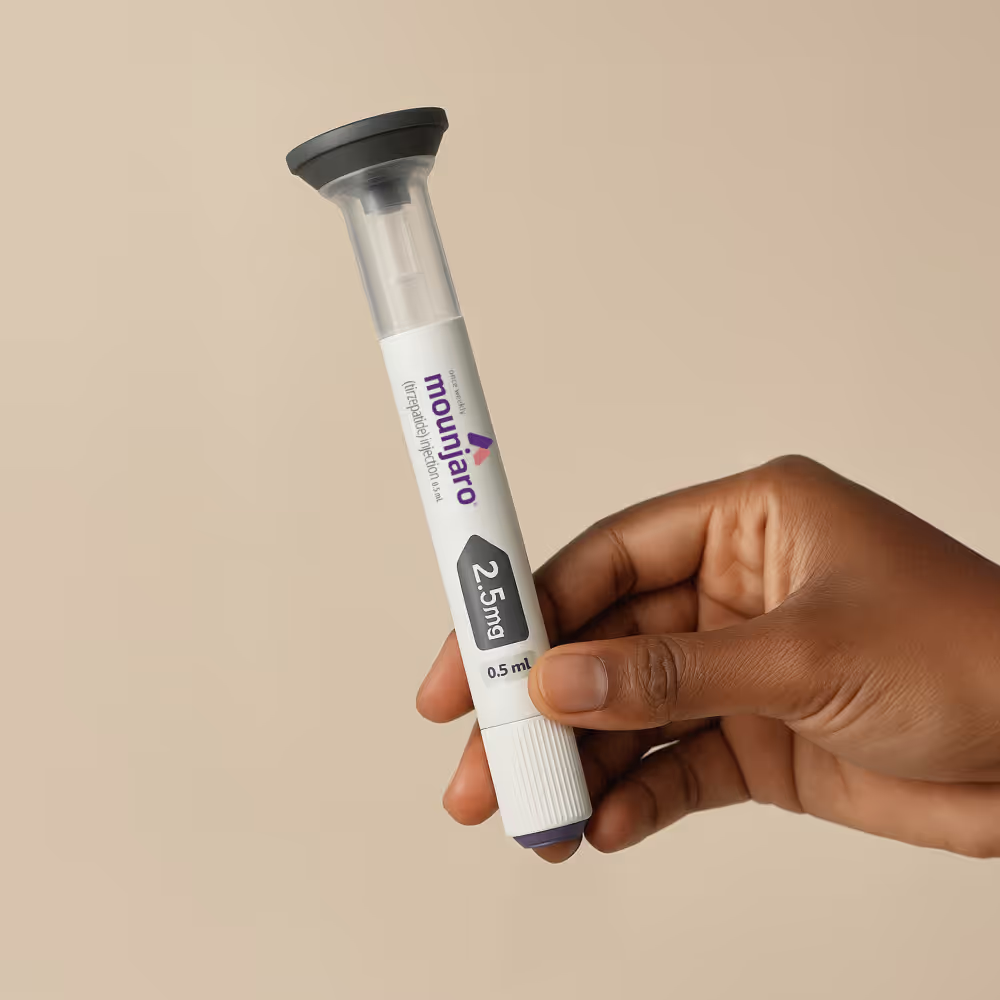







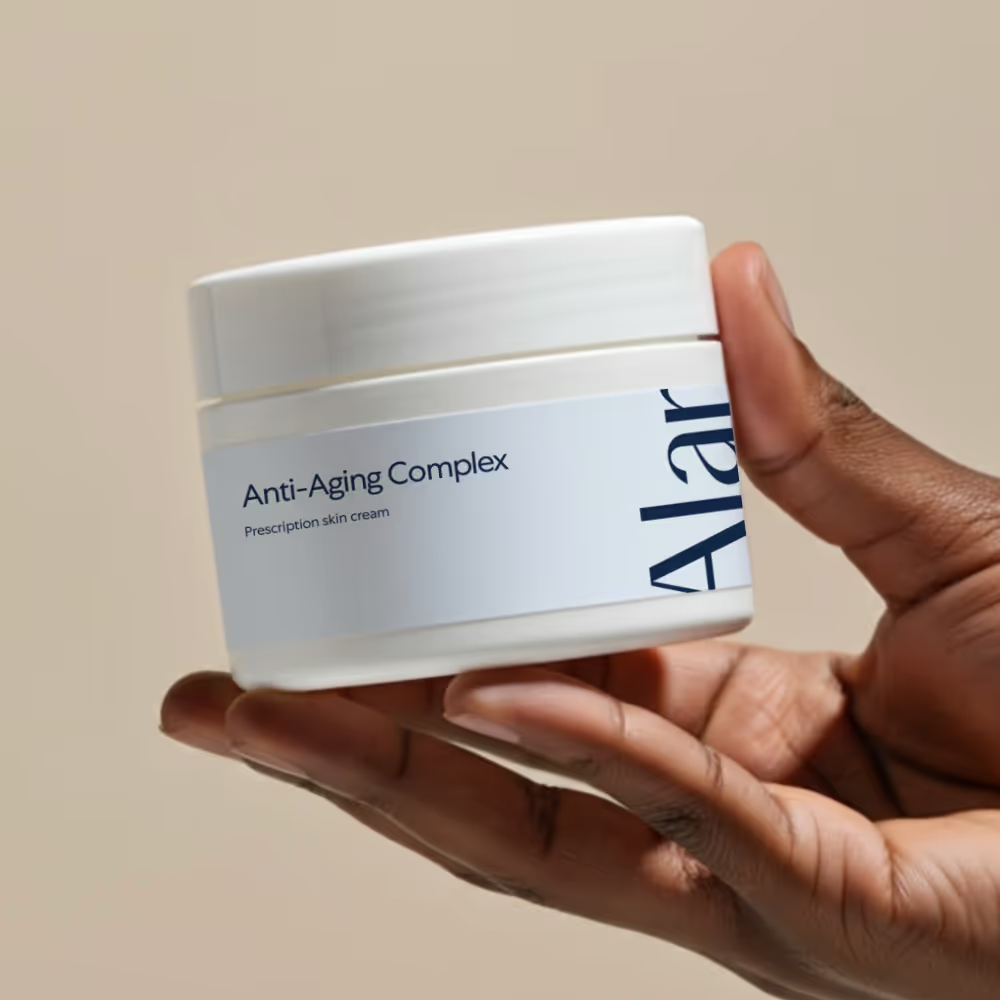

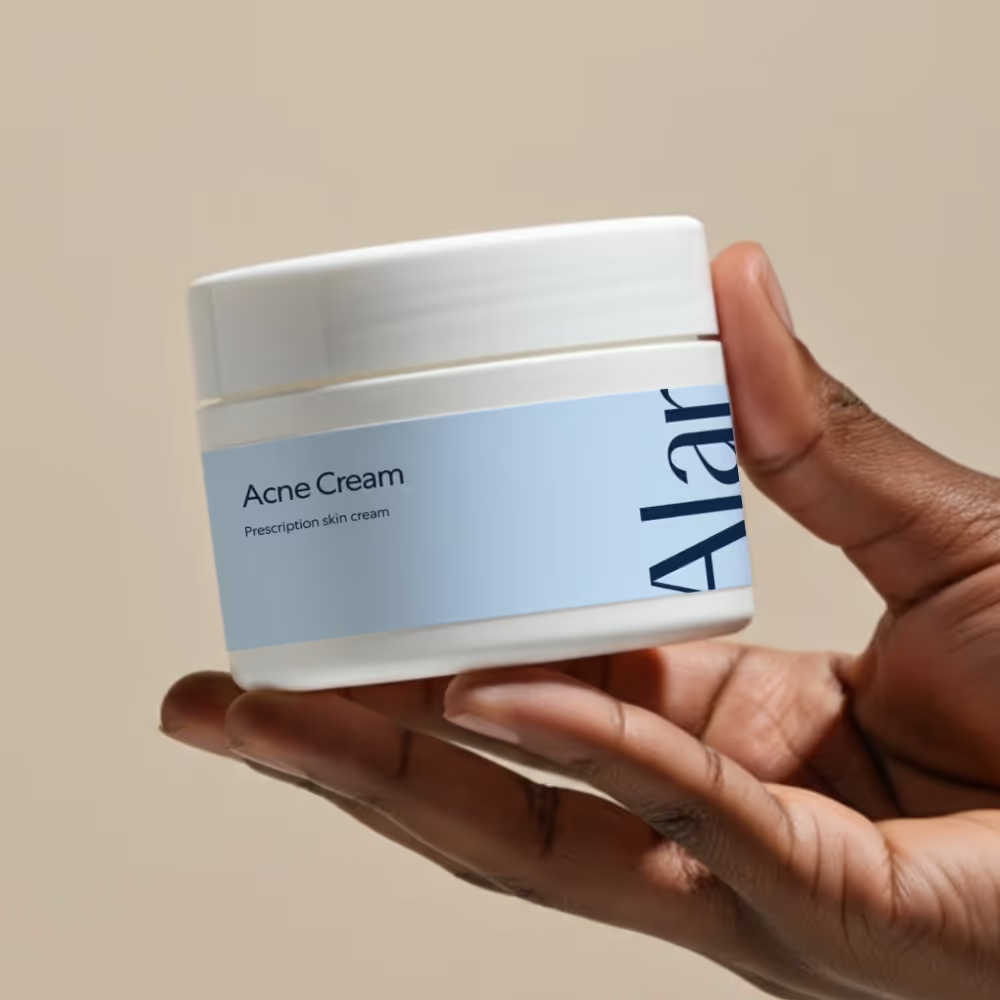



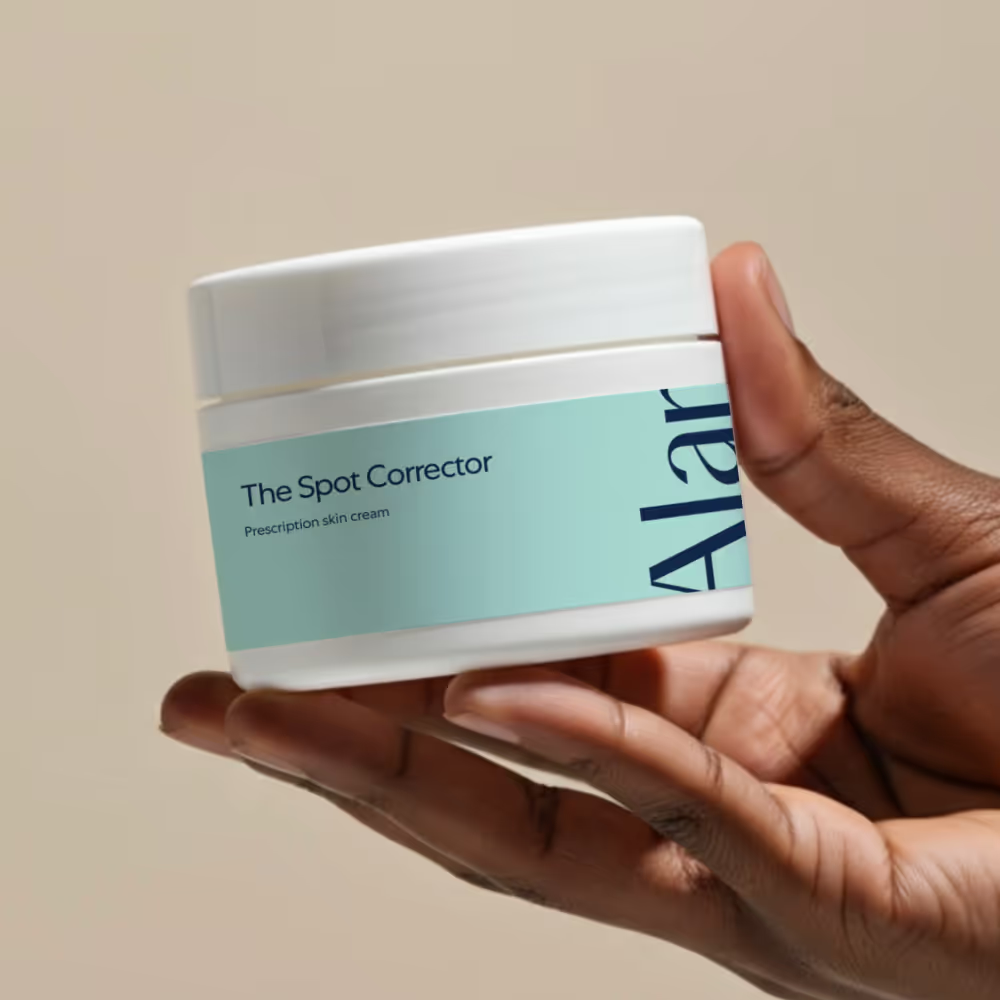










.webp)
.jpg)
.avif)






